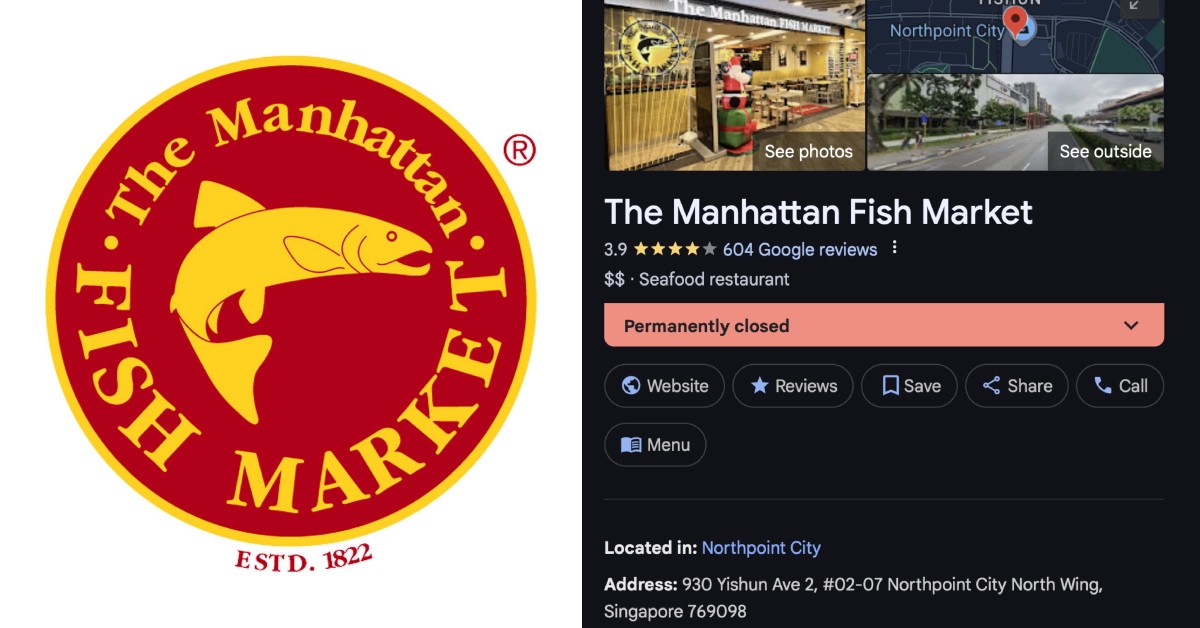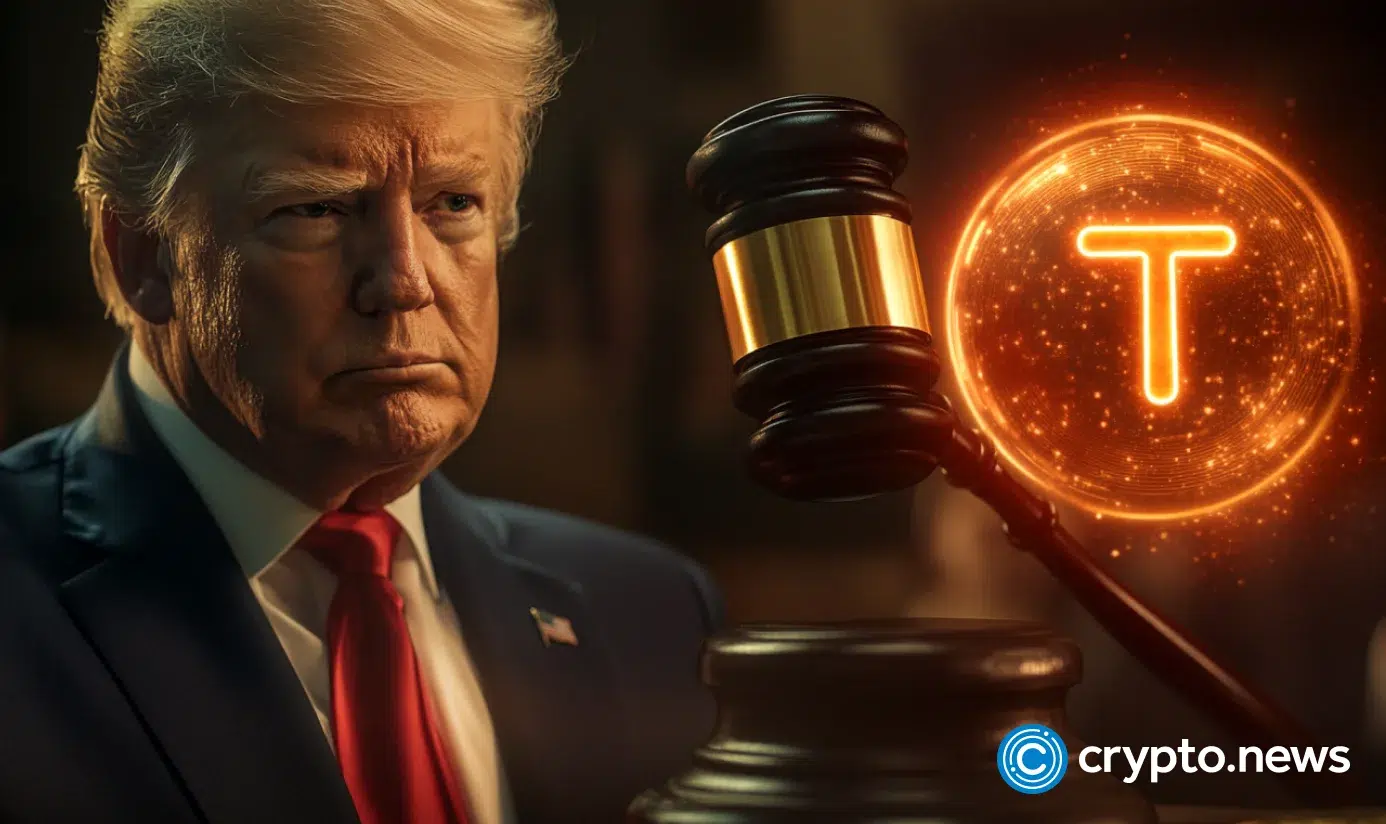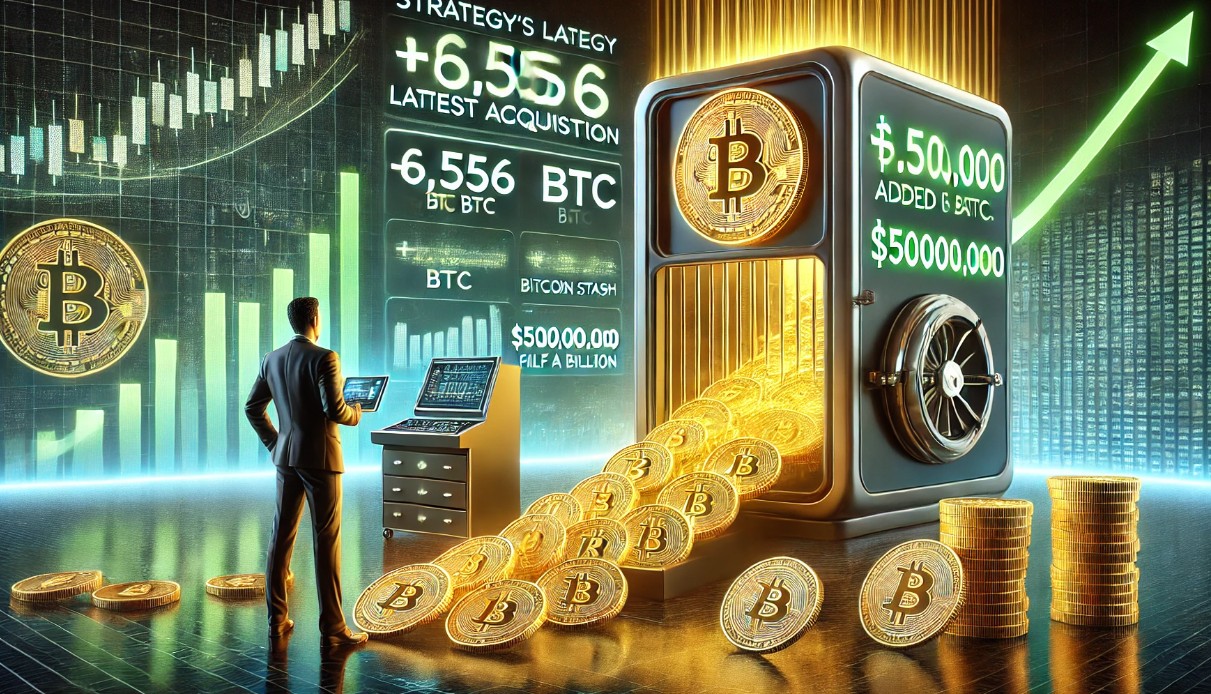The Only Advice You Need for Shopping During Prime Day
Here's the simplest rule for saving money on Prime Day: Don't buy anything you weren't going to buy anyway.

We may earn a commission from links on this page.
Amazon’s Prime Day is almost here again. The shopping holiday has been a capitalist tradition since 2015, and this year the mega-retailer will be offering four days of discounts on thousands of products of all kinds to Amazon Prime members, rather than the usual two. The sale officially runs from July 8 to July 11, but early Prime Day deals are already live—just check out our Prime Day live blog for proof.
While listicles and online guides about how to take advantage of Prime Day savings can be helpful, the best piece of advice if you want to save money on Prime Day is dead simple: Don’t buy anything you weren’t already planning to buy just because it's on sale. And there's a corollary: If you find a Prime Day "bargain" on something you wanted anyway, make sure it’s actually a bargain.
Only buy things on Prime Day that you were planning to buy anyway
The reason you should only buy what you are already planning to on Prime Day is because Amazon wants you to do the opposite. The entire sales promotion is designed to encourage you to purchase things you don’t really want or need, and to get you to sign up for an Amazon Prime membership.
Amazon’s sales (like all sales) are an attempt to drive numbers upwards by creating a “ticking clock” and a false sense of scarcity—that’s why “lightning deals” have limited time windows and limited supplies. They’re taking advantage of people’s fear of missing out on bargains. Yelling "act now!" and "only available while supplies last!" is an old sales trick, but you're not likely to "miss out." Amazon's prices fluctuate constantly. Also: With the exception of hot toys around Christmas and other special cases, supplies usually don't "run out." So the trick is to take a long view of Amazon's pricing.
Amazon Prime Day "bargains" can be misleading

Credit: Stephen Johnson - Keepa
In the chart above (which I made with Keepa, a browser extension that compares Amazon prices over time) you can see the volatility of the price of Amazon’s 5th Gen Echo Dot over the last year. It's not the same for every product, of course, but there's nothing special about the Dot either.
We tend to think that the price of a thing remains fixed until there's a special sale. But that's not the case at Amazon. That "list price" of $49.99 is very flexible; the product is offered for less regularly. For instance, the October Prime Day price was $22.99. The price was raised immediately when Prime Day ended, which might have made you think you "missed out," but it was lowered again around Thanksgiving, so really, there was not a need to rush.
Here's a look at price changes over a longer period of time:

Credit: Stephen Johnson - Keepa
As you can see, there was never really a need to rush to Amazon to buy an Echo Dot, lest you miss your chance at a bargain. It was even offered as a "lightning deal" during 2023's summer Prime Days, and the much hyped "lighting price"of $24.99 was higher than both the October Prime Day price and the "Christmas shopping" price. In short, don't be fooled into thinking you need to act now to get a deal—and if you only buy what you were planning to, you won't feel so burned by a later price drop.
How to avoid overspending on Amazon Prime Day
If you are going into this Prime Day with open eyes and a steely heart, determined to resist attempts to make foolish purchases, below are steps you should take to maximize your chance of success and keep yourself from impulse-buying.
Take advantage of an Amazon Prime free trial
You won’t be able to take advantage of any Prime Day offers without signing up for a membership to Amazon Prime. The service costs $14.99 per month or $139 per year, but they offer a 30-day free trial for first time users, so you can sign up, get your Instant Pot, and then cancel it for nothing. (Just set an alarm so you don’t forget.)
What do you think so far?
Amazon offers a six-month Amazon Prime trial period for students, and it’s half price, $7.49 a month, after that. If you’re on EBT or Medicaid, Prime costs $6.99 through Amazon Access and offers all the benefits of a traditional Prime membership and a one-month free trial for new users.
Use Amazon’s wishlist to your advantage
You can use Amazon’s wish list feature as a way of maintaining buyer discipline—just go to Amazon’s list page, create a new list called “Things I was going to buy anyway,” and add the items you hope will go on sale. Tell yourself you’ll only buy these items, no matter how big the discount is on LED lightbulbs.
Capitalize on Amazon’s promotional offers
During Prime Days past, Amazon offered a variety of promotions to get free credits to buy Amazon products. Customers could earn credits by choosing slower shipping, attending certain movies, using different Amazon services, and jumping through other hoops. Research and take advantage of these deals to shave even more off Amazon Prime Day prices. These can sometimes be a pain, but if you want to save a few more bucks, it might be worth it to you. I'll update with this Prime Day's promotional offers when they're live.
Set your own prices
Retail comparison tools can be used to make sure your Amazon bargain is actually a bargain. There are apps and extensions that provides price histories of every item on Amazon and will send you an email when your selected products fall to a specific price. Some allow you to import your wishlist, then set the maximum price you’ll pay for your goods—here's how to do that. That’ll give you the freedom to ignore Amazon entirely during Prime Day unless you get the “buy” signal in your inbox.
Compare against other retailers
Even if the thing you were planning to buy already shows up as a sale item on Amazon at a price you like, don’t rush to click “buy.” It still might not be the best deal possible. Because of the popularity of Prime Day, other retailers (including Walmart, Best Buy, and Target) usually have their own sales promotions to compete with Amazon Prime Day, so check the prices at those retailers before pulling the trigger.
Wait until November
If you can handle waiting, you might get a better deal in November. As much hype as Prime Day always gets, the biggest retail savings and markdowns almost always come during the Christmas shopping season. Black Friday savings are likely to be bigger than Prime Day savings overall, unless you’re buying things like school supplies and outdoor furniture that usually aren’t put on sale in November.

 Tekef
Tekef 































